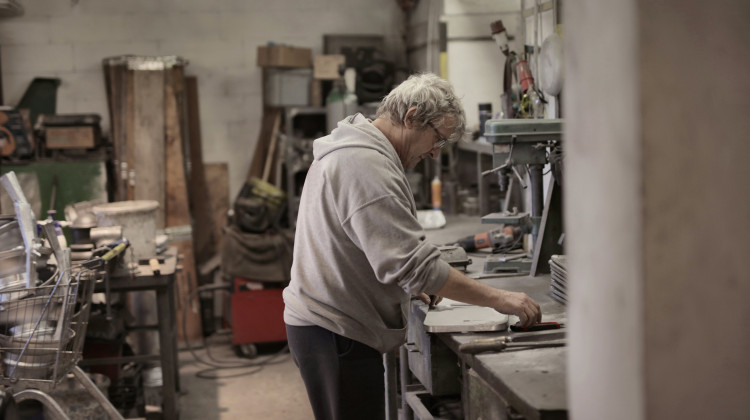
A man works in a studio. In the United States, 19 percent of adults are employed beyond the traditional retirement age of 65.
Andrea Piacquadio/PexelsMany people approaching traditional retirement age choose not to retire for a variety of reasons. Some are driven by a sense of purpose and community; others are pulled back by financial necessity.
One third of older adults in central Indiana have difficulty paying for basic needs, according to a new study from SAVI and IUPUI. Because of racial disparities in lifetime earnings, the magnitude of those effects look different across race.
Black workers in Indiana, who earn 79 cents on every dollar earned by white workers, end up receiving less through social security benefits at retirement age. As a result, the poverty rate among older Black Hoosiers is 10 times higher than the rate for white Hoosiers.
How and why do older adults have to decide between work and retirement, and what additional challenges do they face? WFYI business and economy reporter Pria Mahadevan spoke with Tauhric Brown, president and CEO of CICOA Aging & In-Home Solutions, to learn more.
This transcript has been edited for clarity.
Pria Mahadevan, WFYI: What drives people over 60 to come back into the workforce?
Tauhric Brown, CICOA: What we do know from the SAVI report is that our African American community, our Latinx communities are the two that appear to be disproportionately impacted from the earnings that one has throughout their career. And so what that does is, when they get to the end of their professional journey thinking it's time to retire, they find themselves in a position where they can't fully retire. They've got to keep some sense of income coming in, so that everything that they need to handle can be handled.
Mahadevan: And so is there anything about the nature of work that has changed in the last 40 or 50 years that you believe has contributed to this shift?
Brown: One of the things is, the old style of folks working 30, 40 years in one place -- those days are long gone, right? Company pensions and things that folks worked 20, 30 years to begin drawing down on have been changed quite a bit. And so, when people get to that point where they've got to decide, “Do I get my prescription, which is really important for me to have, or do I eat?” You never want folks having to make that kind of decision. But you and I both know that does happen.
Mahadevan: What are the policy issues behind that? Like, how did we end up in this place where an older adult may want to retire, but can't because they need to put food on their table or make sure they're getting their prescription?
Brown: Yeah, you know, what, I wish I had the answer to that at a policy level. When you get to that public policy, it's difficult to just say, “flip this switch and do that.” So my approach has always been, let's try and figure out on the ground, [in] neighborhoods, in the communities, community business organizations collaborating.
One of the things I talked about is computer literacy -- that's one area where we know at a certain point, maybe it's that 75 [years old] up, maybe it's 80 [years old] up, are not as tech savvy, perhaps, as some of those younger, older adults. And so that sparks an opportunity. What might we be able to do to help improve those skills to help develop those skills, so that if this 73, 74 year old man or woman says, “I want to re-enter the workforce,” gosh, they've got some great skills that they've developed to give them a shot at maybe securing something that's a little higher paying than what they might have thought they could get ahold of before.
Mahadevan: And I'm curious specifically for financial independence, and what early interventions to increase or better financial independence within the senior community might look like?
Brown: Yeah, and that's a wonderful point. My thing is -- if you can get to people sooner, right? So, I wish we could have met that 75 year old individual who's still working today, 35 years ago. There are many organizations in Central Indiana, whose missions are about the Latinx community, the African American community, and they are engaging that age spectrum. It literally is going to take an entire community of community business organizations to begin to transform what this SAVI report really shows and demonstrates for us.
Contact WFYI business and economy reporter Pria Mahadevan at pmahadevan@wfyi.org. Follow on Twitter: @priamaha.
 DONATE
DONATE


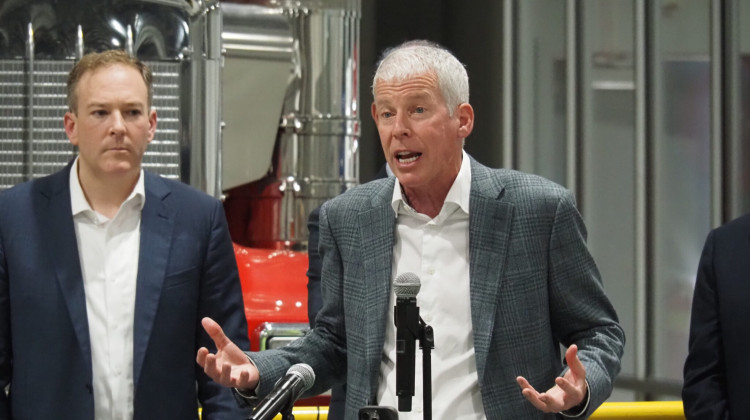
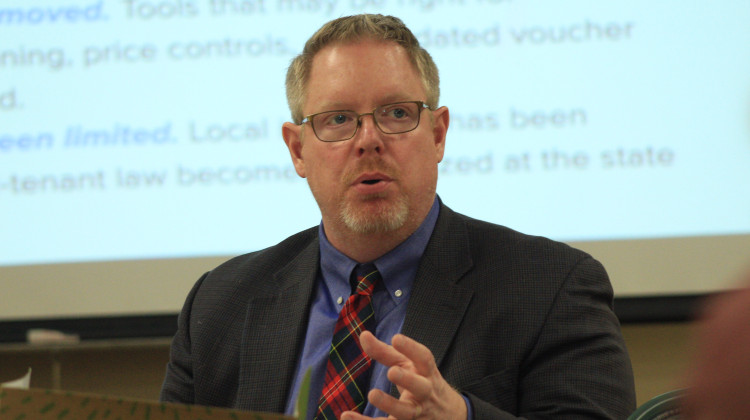
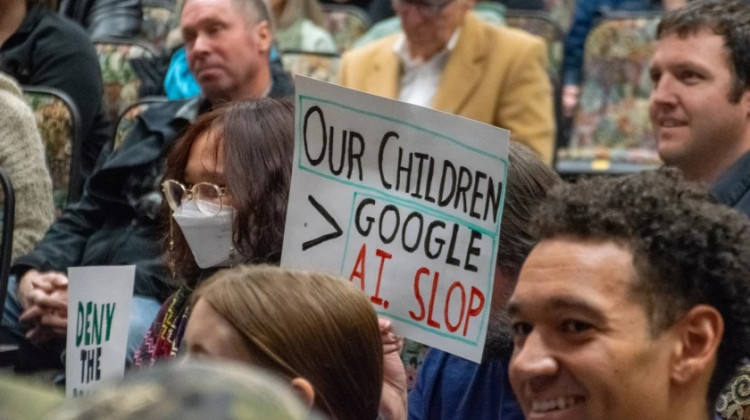
 View More Articles
View More Articles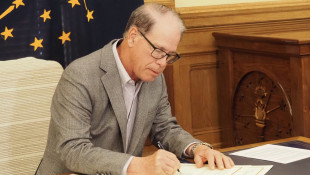

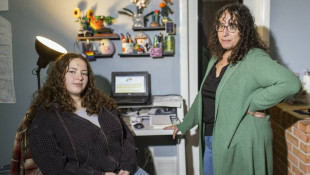


 Support WFYI. We can't do it without you.
Support WFYI. We can't do it without you.